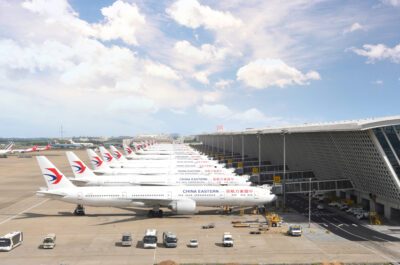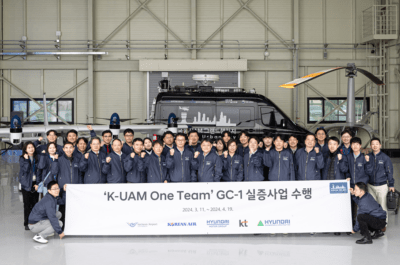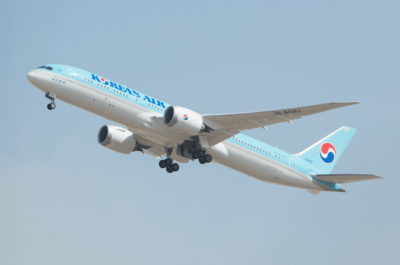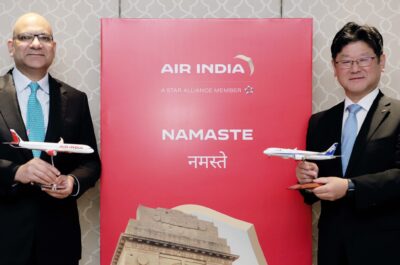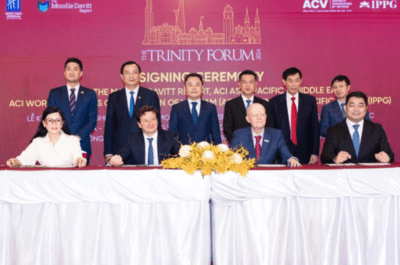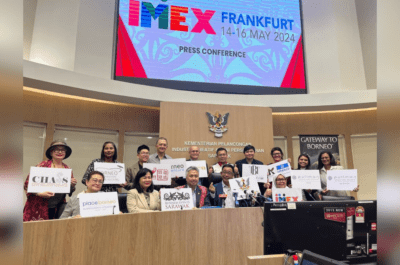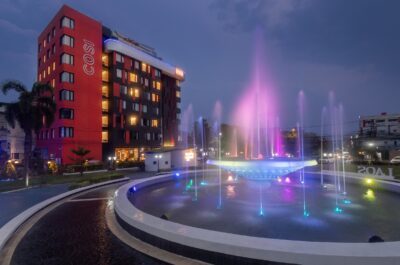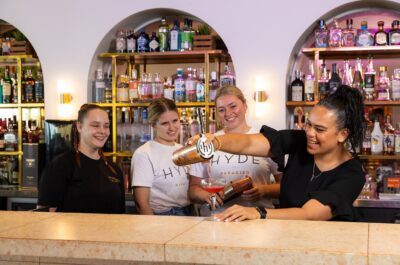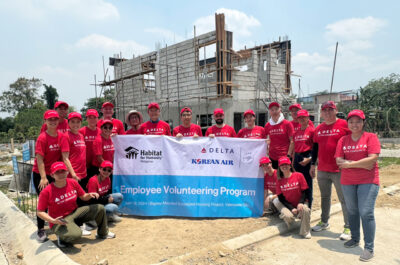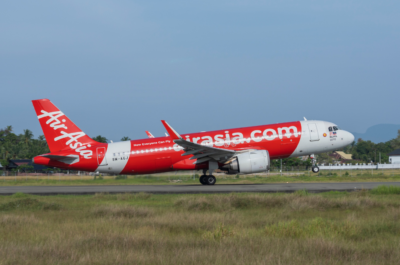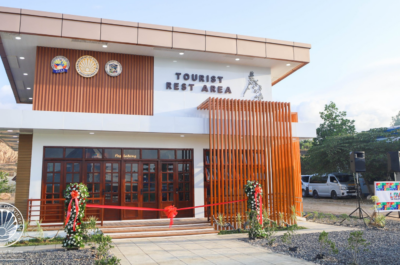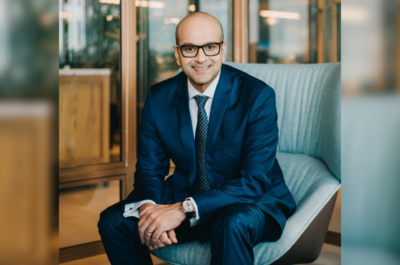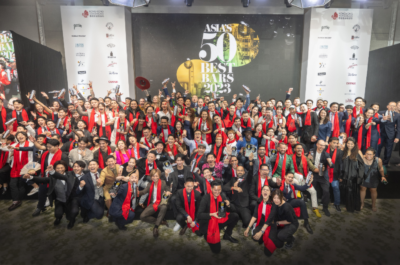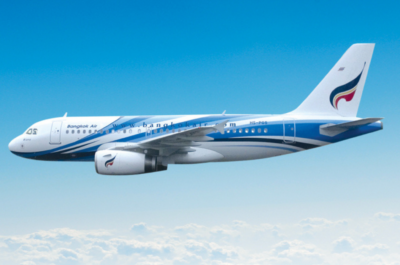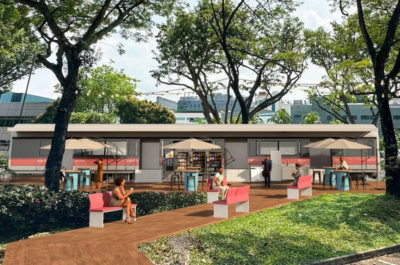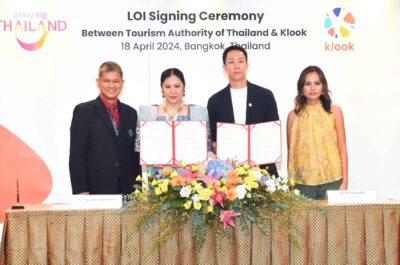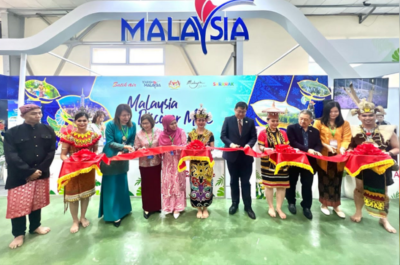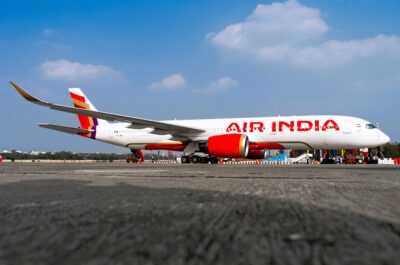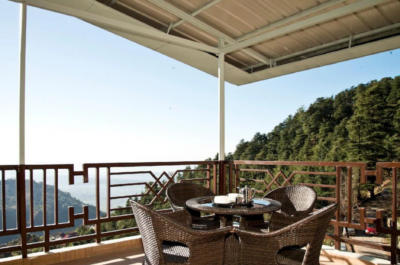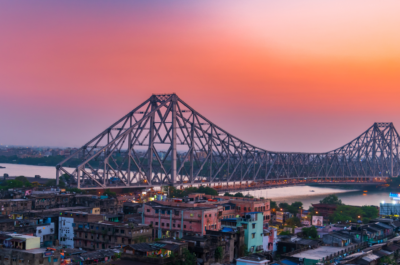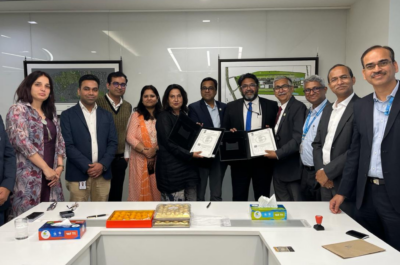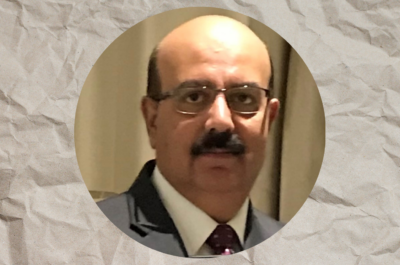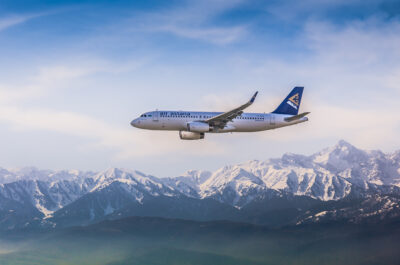…
“Medical tourism has discovered the developing countries.” Karl Wolfgang Menck has been commissioned to investigate this subject. These countries regard medical tourism as a niche market in the keenly contested field of international tourism. The developments now taking place in this field give an indication of its potential for rapid expansion. The developing countries could be said to be in the process of promoting a market segment that already promised commercial success much earlier. Back in the 19th century in Egypt the British and the French sought to cure various diseases by taking advantage of the subtropical climate on the banks of the Nile. After the developing countries became independent some of their inhabitants were keen to avail themselves of the medical facilities in the industrialised nations.
However, we have recently seen the emergence of some different trends. Citizens of those developing countries with a relatively expensive and inadequate health care system have been attending clinics in other, nearby developing countries which offer better services than those in their home countries. And people from industrialised nations are travelling to these same countries with the intention of combining a holiday with cheaper medical treatment.
Medical tourism: some successful initiatives
There are many examples to show that general situation is only applicable in a limited number of cases. Clinics in Cuba accept wealthy patients from Central and South America at quite reasonable rates. People from the Near and Middle East attend state-run and privately owned hospitals in Jordan in search of medical treatment, while India and Malaysia receive medical tourists from surrounding countries and are now setting their sights on the world market.
This is a business offering substantial and calculable benefits. Affluent members of the middle and upper classes in developing countries are prepared to pay well for good medical care. According to an American survey, each year people from Latin America spend up to six billion $ US on medical care in good clinics outside their home countries.
India can expect to earn around one billion $ US in foreign exchange once the recently implemented programme to promote medical tourism takes effect in 2012. Jordan expects to receive at least 100,000 visitors annually for the purposes of medical treatment and Argentina is hoping for an annual increase of 50 per cent in the numbers of foreign visitors attending clinics for therapeutic purposes. In 2001 Malaysia reported over 70,000 “medical tourists”, a figure that Malaysian medical experts believe could and should be increased.
Industrialised nations may consider such reported successes and the anticipated earnings as somewhat modest, but for the countries concerned the figures should be seen in quite a different light. Foreign exchange is in short supply and there are few other opportunities for obtaining additional income in hard currency. In most developing countries tourism is limited and moreover it is difficult to develop new markets in this keenly contested sector.
The deciding factor for the developing countries is that medical tourism is a niche market offering a number of competitive advantages. In some cases the equivalent standards of care and treatment in industrialised nations would be much more expensive. Packages are provided that include not only the medical treatment but also travel to and from the destination and transfers within the country. For an 87-year old American the cost of heart surgery in his own country is $40,000. The same medical services in India, together with round-trip travel, are available for $8,000. A check-up by a cardiovascular specialist in London, along with all the laboratory work, currently costs $574, compared with only $84 in India. Similar price differences also explain the existence of medical tourism between developing countries. They can be quite substantial: for example, when we compare Argentina with other countries in the region, operations costing $5,000 in Chile are available for $2,000 in Argentina.
The advertising by hospitals and specialist tour operators in the developing countries which are being targeted emphasises that the low prices should not lead to the assumption that quality is being compromised. The work is performed by physicians and nurses who have been trained to the requisite international standard. Personnel are able to converse with patients in English, at least. There are also sufficient trained specialists in direct contact with patients who can speak other languages too.
Suppliers in the developing countries place their emphasis more on recuperation than on the medical aspects. In Thailand it was put this way: “The main thing that attracted me to it is that you get a holiday out of it”. On arrival at the airport the usual arrangement is for visitors to be met by representatives who accompany them to the hospital.
The hospitality associated with many developing countries is an outstanding feature of their hospitals and care too. The selling point used by operators in Thailand is: “When somebody wakes up after surgery (they find someone) there who’s friendly, who smiles at them, who speaks very good English“. And “medical tourism companies” also promote their services by emphasising that knowledge of the operations is restricted to those immediately involved in the treatment and can be carried out discretely.
Opportunities and risks
It is not always possible to take advantage of the niche market offered by medical tourism. In many developing countries physicians refuse to engage in such commercial activities. Governments are concerned about the limitations to medical services for the local population. The treatment process, often during the patients` holidays, is sometimes of insufficient duration in the case of more protracted illnesses or care. Sick people frequently arrive and undergo the usual exploratory examinations in a relatively short period of time, and sometimes the results of earlier examinations are ignored.
The medical treatment is carried out and after a usually brief period of recuperation the patient, having recovered, travels home. This may be acceptable for cosmetic surgery or basic dental treatment but not in the case of illnesses where recovery is dependent upon long term medical attention and extensive after-care. In many cases it is advisable for the after-care to be in the hands of doctors and nurses who have been well acquainted with the patient’s history for some considerable time. Another prerequisite is that the costs should be shared between the health insurance scheme in the home country and by other comparable institutions. This is not always the case, because the health schemes only give their approval if they can be sure that the services provided are of an equivalent standard. Furthermore the physicians and hospitals have to meet the same liability and accounting conditions as those that apply in the industrialised nations.
Another requirement is that invoices must be clear and in accordance with the health insurance organisations’ rules, and capable of withstanding close scrutiny.
And finally, as the contractual partners of professional medical organisations and hospital associations, the health insurance schemes in the patient’s home country sometimes find themselves under considerable pressure. In order to safeguard doctors’ incomes and hospital occupancy, their ability to use cheaper services abroad is subject to strict limitations. It is argued that the administration and services in developing countries do not fulfil the necessary conditions and that the implications could be detrimental to the health insurance schemes responsible for meeting the costs of treatment. In many cases the amounts available to meet these costs are somewhat opaque and not standardised, and private clinics charge a variety of rates without adequate substantiation. In both a medical and an economic sense, health insurers and clinics see problems in relying on short-term treatment abroad, which may necessitate preliminary and after-care in the patient’s home country, possibly at considerable expense.
Joint ventures: pointing the way forward
One way of overcoming such problems would be in the form of joint ventures involving physicians and hospitals in various countries, in order to facilitate the coordination between health insurers, medical needs and the possibilities offered by medical tourism. In this way some of the current objections could be eliminated. This proposal has already been put into practice, and agreement on such joint efforts has been reached by Indian and American hospitals. There has been sharp rise in the number of companies in the United Kingdom that organise travel to Turkey, Costa Rica and India and are working in close consultation with hospitals in those countries. This is not just another form of north-south tourism. As the chairman of Fortis, a company based in England, stated: “We will soon launch a defined programme for the two-way flow of patients.”
Such bilateral collaboration can enable the provision of long-term medical care in accordance with the same performance standards, provided that this is preceded by an accurate exchange of data. Independent monitoring of performance and success eliminates the risk of disputes about the cost of treatment and the settlement of liability issues. Joint ventures between companies provide for an accurate division of labour and reduced costs. This is in the interests of all concerned. Moreover such long-term forms of collaboration enable suppliers in developing countries to unlock commercial possibilities in the industrialised nations which could not be replicated in any other way.
Appointing medical attach
TravelDailyNews Asia-Pacific editorial team has an experience of over 35 years in B2B travel journalism as well as in tourism & hospitality marketing and communications.



